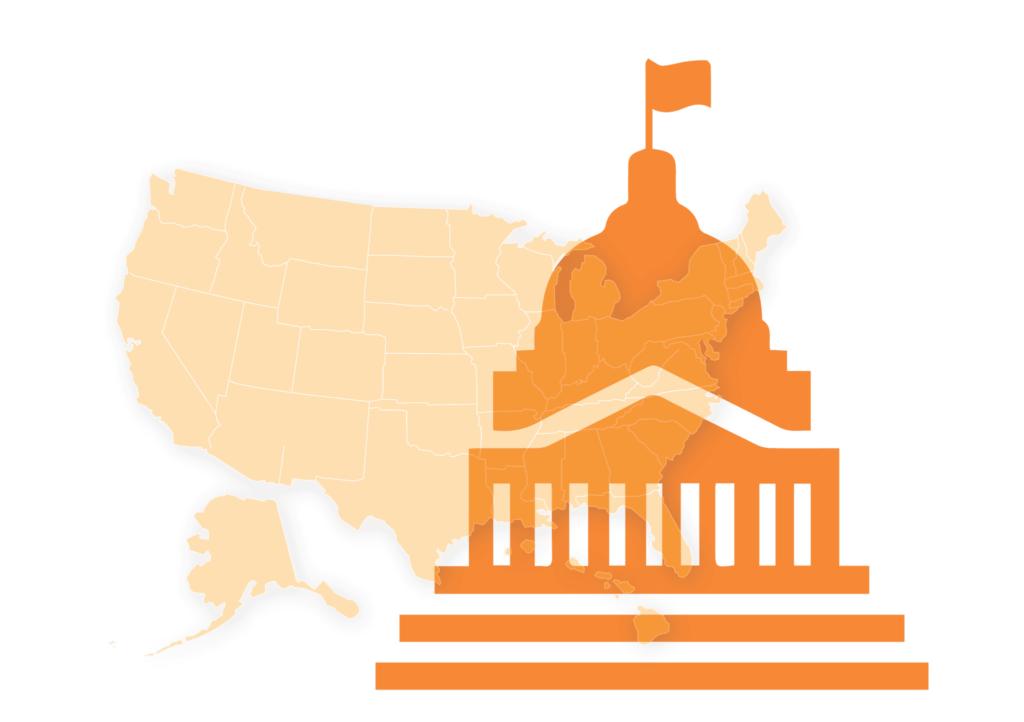Dear Secretary DeVos,
On behalf of The Education Trust, an organization dedicated to closing long-standing gaps in opportunity and achievement that separate low-income students and students of color from their peers, thank you for the opportunity to provide public comments on the Department’s proposed guidance on interpreting the “Opportunities and Responsibilities for State and Local Report Cards Under the Elementary and Secondary Education (ESEA) Act of 1965, as amended by the Every Student Succeeds Act (ESSA) of 2015.”
Data on how well states, districts, and schools are serving different groups of students — both in terms of providing opportunities to experience a rigorous, well-rounded curriculum and in terms of the student outcomes we see as a result — are critical to helping families make informed decisions about their children’s education and helping communities push for needed change. The report card requirement in ESSA provides a framework for reporting data on how well students are being served by identifying which data states and districts should report. However, the law leaves many decisions to states, including how to report those data.
While the Department’s draft nonregulatory informational document provides helpful clarifications to states and districts about which data to report and how to report them, it must do more to ensure that state and district report cards are as useful as possible for their intended audience — families. The document should make the requirements to disaggregate data by student group more prominent and provide additional guidance on how to make report cards — especially per-pupil spending data —accessible to families.








 October 24, 2022 by
October 24, 2022 by